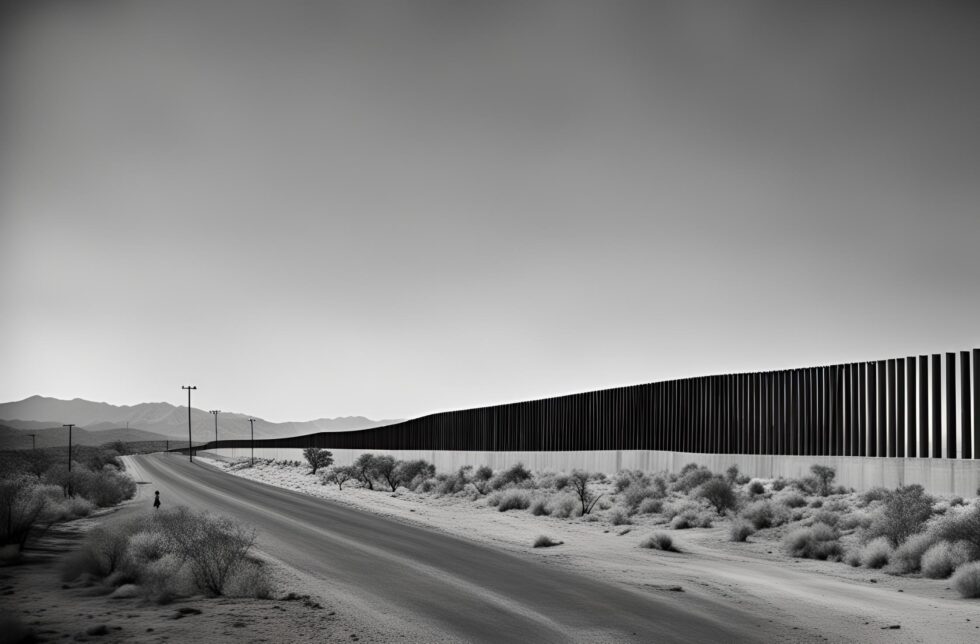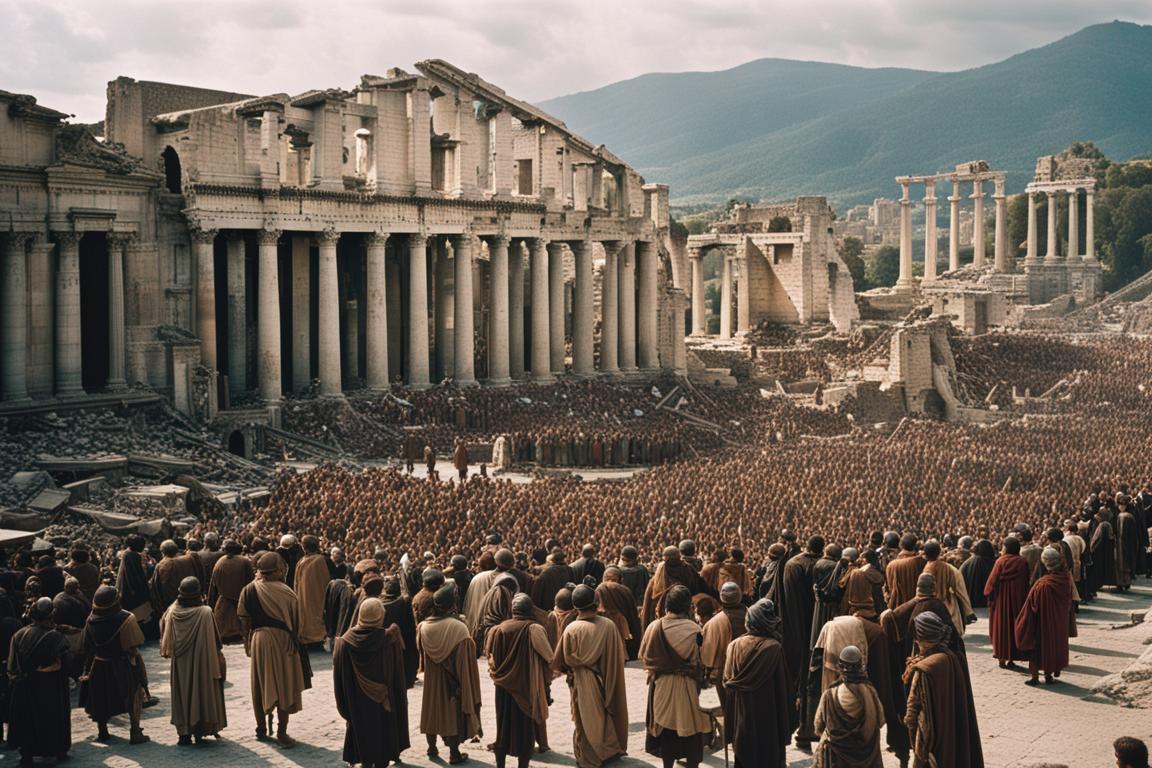
The sun rose over the Sonoran Desert, casting long shadows across the newly completed border wall between Mexico and the United States. Stretching from the Pacific Ocean to the Gulf of Mexico, the wall stood as a monolithic testament to human ingenuity and determination. It was a marvel of engineering, equipped with sensors, cameras, and drones patrolling its length, ensuring that not even the smallest creature could cross undetected. However, as the wall loomed large, its presence began to shape the lives of those on both sides in ways no one had anticipated.
In the small town of Nogales, Arizona, life had always been intertwined with its sister city, Nogales, Sonora, just across the border. Families, friends, and businesses had thrived on the fluid exchange of culture, goods, and ideas. Now, the wall had severed this connection, leaving the townspeople feeling isolated and cut off from their heritage. Maria, a local shop owner, watched as her once-bustling store grew quiet. Her shelves, once stocked with vibrant crafts and foods from Mexico, now stood half-empty. The wall had not only divided the land but had also fractured the community’s spirit.
As the months passed, the economic impact of the wall became increasingly apparent. Trade routes that had once been the lifeblood of border towns were now choked by bureaucracy and delays. Farmers on both sides of the wall struggled to get their produce to market, and factories that had relied on cross-border labor faced crippling shortages. The wall, intended to protect and secure, had inadvertently stifled growth and prosperity.

In response to these challenges, a new movement began to take shape. People from both sides of the border, united by their shared hardships, started to find innovative ways to bridge the divide. Underground tunnels, once used for illicit activities, were repurposed to transport goods and people. Secret markets sprang up, where traders exchanged everything from fresh produce to handmade crafts. These acts of defiance were not just about survival; they were a testament to the resilience and ingenuity of the human spirit.
Meanwhile, in the halls of power, the wall’s completion had sparked a fierce debate. Politicians and policymakers grappled with the unintended consequences of their actions. Some argued that the wall had achieved its goal of reducing illegal immigration and enhancing national security. Others contended that it had created new problems, exacerbating economic disparities and straining international relations. Amidst the political turmoil, a new generation of leaders emerged, advocating for a more compassionate and cooperative approach to border management.
One such leader was Javier, a young congressman from Texas with roots on both sides of the border. He had grown up hearing stories of his grandparents’ journey to the United States and had witnessed firsthand the impact of the wall on his community. Driven by a vision of unity and collaboration, Javier championed policies that promoted cross-border partnerships and cultural exchange. His efforts began to bear fruit, as new initiatives aimed at fostering economic growth and social cohesion started to take hold.
As the years went by, the wall remained a physical barrier, but its symbolic power began to wane. People on both sides found ways to connect and collaborate, building a new sense of community that transcended borders. Cultural festivals celebrated the rich heritage of the borderlands, and joint business ventures revitalized local economies. The wall, once a symbol of division, had become a backdrop to a story of resilience and hope.




